Itchiku Kubota Art Museum - Breathtaking Kimono Art And An Inspiring Story

Itchiku Kubota (1917-2003) is a contemporary kimono artist who drew inspiration from a long lost dyeing technique. His art and story are touching and inspiring. The Itchiku Kubota Art Museum in Yamanashi, which boasts a stunning view of Mt. Fuji, is a piece of art itself designed by master Kubota.
Yamanashi - Home to Breathtaking Fall Leaves and Kimonos

Picture courtesy of Itchiku Kubota Art Museum
Yamanashi is a beautiful area close to Tokyo known for its stunning views of Mt. Fuji and fall leaves. Among these iconic Japanese sights lies a slightly hidden treasure: the Itchiku Kubota Art Museum. Designed by the master of the kimono dyeing technique called Itchiku Tsujigahana himself, the museum is a place of art, tranquility, and inspiration that shouldn't be missed.
Who Was Itchiku Kubota?
Itchiku Kubota was born in 1917. At the age of only fourteen, he became an apprentice of Kiyoshi Kobayashi, a Tokyo kimono artist who specialized in Yuzen dyeing. Yuzen is a popular dyeing technique that includes detailed designs painted by hand as well as rice paste to white-out part of the designs and stop the color from spreading.
Kubota always had a talent and love for art so he studied several different kimono dyeing techniques, as well as Japanese-style landscape painting and portraiture. However, nothing he ever studied would come close to the excitement and love he felt when he saw a small piece of fabric dyed in the Tsujigahana style at the Tokyo National Museum at the age of twenty. He was quoted to say that he stared at the piece of fabric as if he were under a spell.
Kubota would spend a large part of his life trying to recreate this lost technique but there where many obstacles along his way. World War II came along and he was called to duty. He feared this would mean he would never be able to follow his dream. He eventually became a prisoner of war in Siberia for a long time and admitted that, while he never gave up on his dream, he lost his faith in ever returning home during this period.
The Birth of Itchiku Tsujigahana
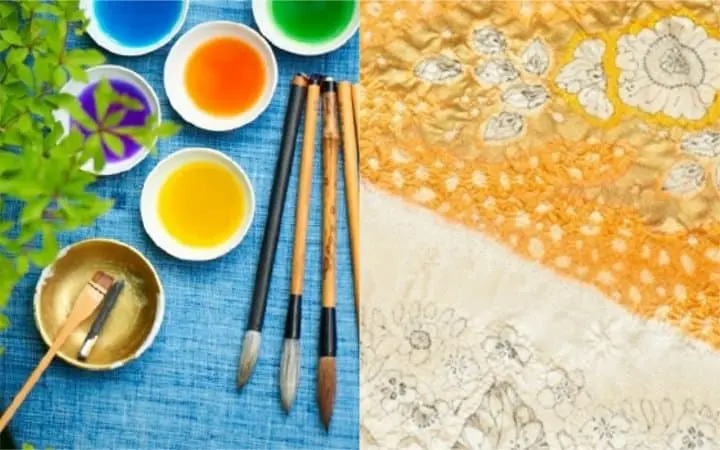
Picture courtesy of Itchiku Kubota Art Museum
Originally, Tsujigahana is a kimono dyeing technique from the Muromachi period (approximately 1336 to 1573). It translates to "flowers at the crossroads". It is believed that this technique was very short-lived due to the effort it took. However, nothing can truly be confirmed as no complete instructions of this technique can be found to this day.
When Kubota managed return to Japan at the age of forty, he focused again on the recreation of the lost art of Tsujigahana. However, it seemed an impossible task due to the missing resources and rare materials that are believed to have been used.
He couldn't just give up on his dream so he decided to create his own version of Tsujigahana. He substituted the original textile and dyes until he found the perfect combination. Kubota called his style "Itchiku Tsujigahana" as a sign of consideration toward the original art. In 1977, at the age of sixty, he displayed his art on kimonos for the first time in an exhibition in Tokyo.
Just like the original Tsujigahana is believed to have been, Itchiku Tsujigahana is a complicated technique that includes many careful steps such as hand-painting the outline on the fabric, then stitching and tying the fabric to achieve a tie-dye effect by adding or removing color to the threaded area.
Kubota has taught his son and daughter, as well as his main apprentice Sakuo Miyahara, the basic processes of Itchiku Tsujigahana. However, it is widely believed that he never revealed all of his secrets by the time he died in 2003.
Itchiku Kubota's Kimonos - His Art Reflects the Beauty of Nature
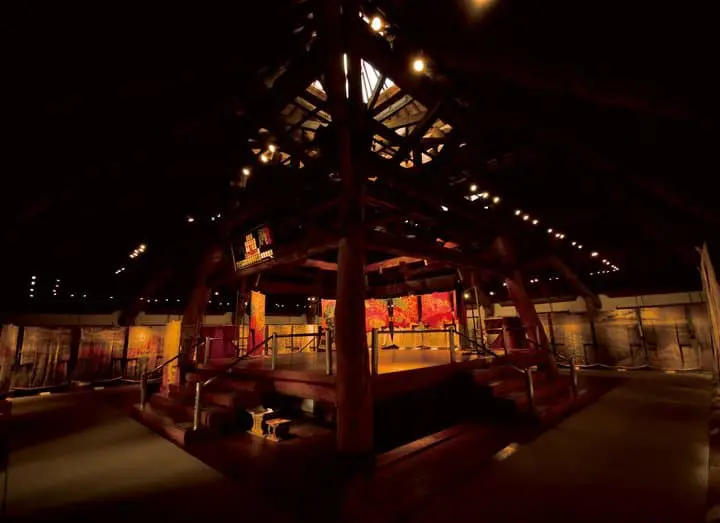
Picture courtesy of Itchiku Kubota Art Museum
People report all kinds of emotions when encountering Kubota's work, ranging from joy to tears. Kubota's art seems almost alive, radiating, and some people would swear the designs start to move and come to life if you look at them long enough
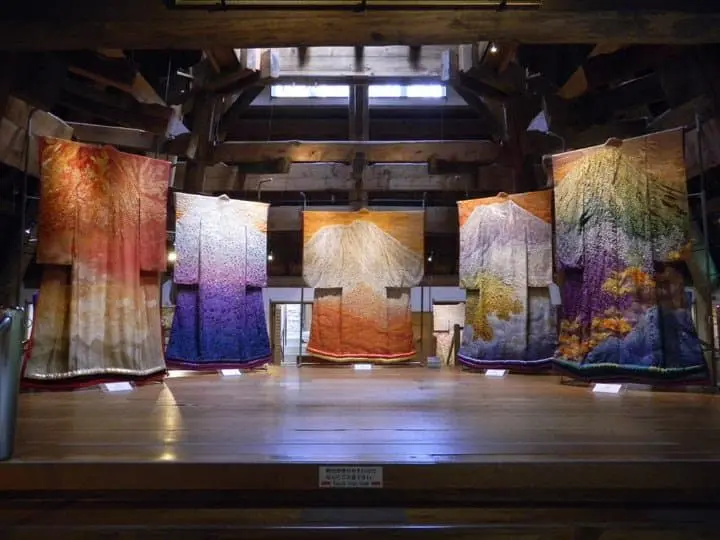
Picture courtesy of Itchiku Kubota Art Museum
While his earlier pieces were mostly wearable art, later creations feature an array of oversized kimonos that merely served as a canvas to create a bigger picture. The "Symphony of Light", his largest project, is displayed on such non-wearable kimonos. Originally, it was supposed to feature eighty kimonos representing Mt. Fuji through the seasons but he could only finish half of it before his death. Sakuo Miyahara completed some additional kimonos to honor his master but the project is still unfinished.
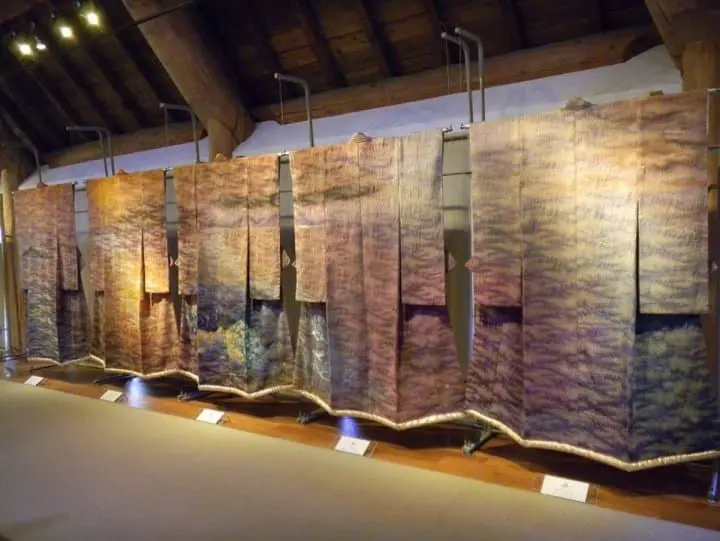
Picture courtesy of the Itchiku Kubota Art Museum
Besides his strong influence by the beauty of nature, Kubota also took inspiration from other artists. Kubota's "New Sea" series was inspired by Claude Monet whose art he greatly admired.
One of the most personally significant kimono's is the "Burning Sun". It depicts a particularly beautiful sunset in Siberia when he was captured. Although he thought he would never be able to archive his dream when he was in captivity, he never lost sight of the beauty in his surroundings. Staring at the setting sun he swore to himself that he would capture the beauty of this moment in his art one day and so he did.
Itchiku Kubota Art Museum - Created by the Master Himself
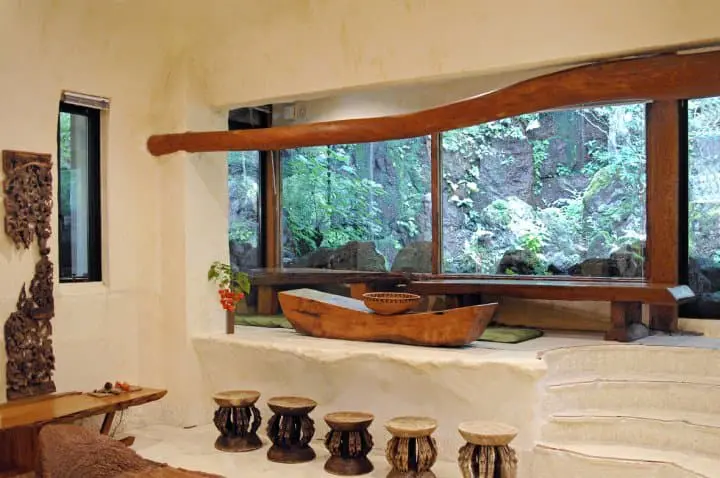
Picture courtesy of Itchiku Kubota Art Museum
Most artists never get to see, let alone create, their own museum. Itchiku Kubota designed and oversaw the creation of the museum himself. His own workshop is part of the museum and now serves as a teahouse with a garden view.

Picture courtesy of Itchiku Kubota Art Museum
The museum opened in 1994. It is located near Lake Kawaguchi and offers a panoramic view of Kubota’s beloved Mount Fuji. It is built with local materials into the foresty surroundings and is reminiscent of something right out of a fairytale. It is beautiful all year round but has a special charm in the fall when it is dipped in a red hue reflection from the fall leaves.
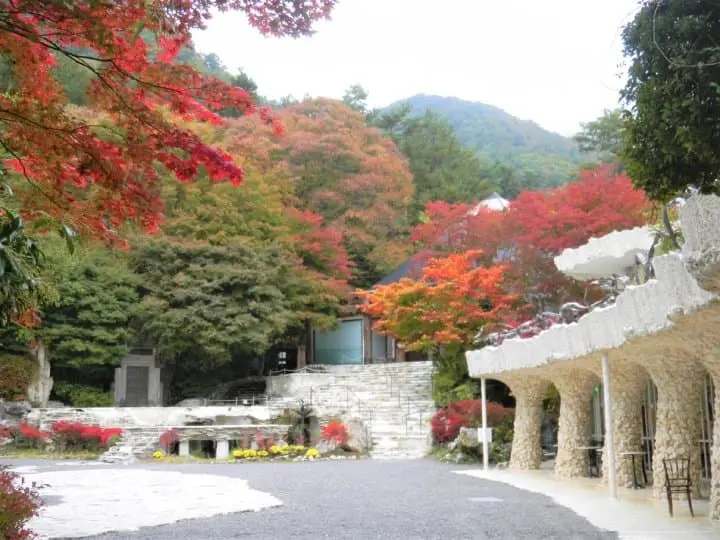
Picture courtesy of Itchiku Kubota Art Museum
The centerpiece is the pyramid-shaped exhibition room created with one thousand-year-old wood beams. It offers the perfect balance of light and darkness to display Kubota's kimonos in all their beauty. The kimonos on display vary. While some of his pieces are on display permanently, others, such as the symphony of light, are shown in rotation.
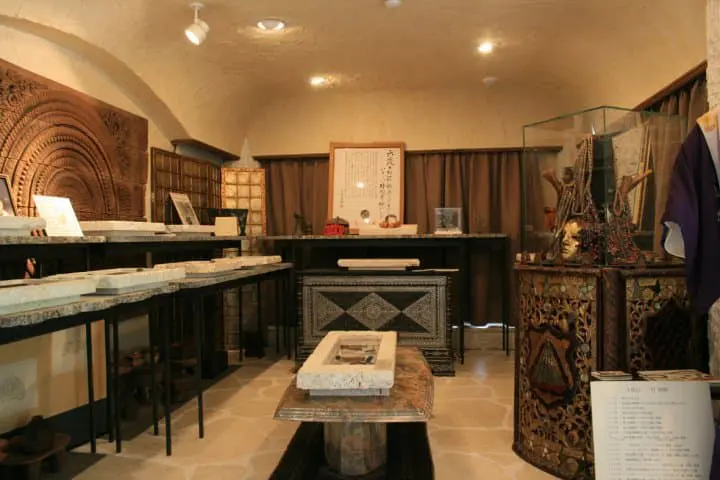
Picture courtesy of Itchiku Kubota Art Museum
The museum represents not only his art but the "World of Itchiku". He wanted to show who he was as well as the art he created. In a self-introduction video, Kubota tells the story of his art and how it came to be. The museum also displays a collection of ancient glass beads that weren't created by Kubota himself but inspired him greatly.
Noh theater was also a great part of Kubota's world. He would even improvise Noh performances together with other prisoners as a means of entertainment while imprisoned. Later he would design kimonos for certain Noh performances that sparked his personal interest and creativity.
For this reason, the Itchiku Kubota Art Museum features a Noh stage. Kubota himself would arrange for annual Noh performances on this stage often featuring his kimonos as stage costumes. To this day, Noh performances are still held at the museum.
The admission fee for the museum is 1,300 yen for adults, 900 yen for high school students, and 400 yen for children. There is an extra 500 yen admission fee for the glass bead collection, which includes a beverage. The museum is closed every Tuesday.
Visit the Itchiku Kubota Art Museum and Get Inspired
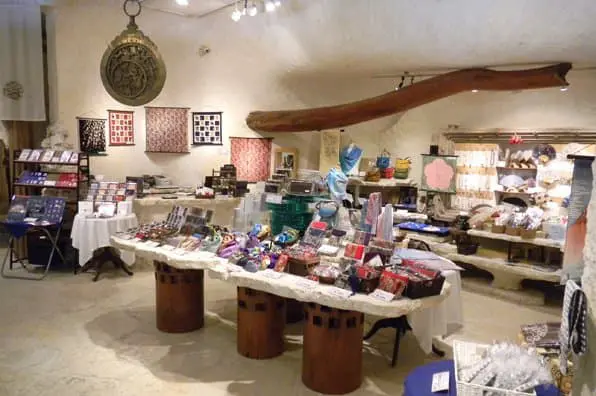
Picture courtesy of Itchiku Kubota Art Museum
Itchiku Kubota started realizing his dream at a time where many people do not dare to start something new anymore. Even through hardships and devastation, he never lost his passion and that can clearly be felt and seen in his art. Even his museum is a piece of art with a magnificent view of Mt. Fuji.
Next time you visit Yamanashi, make sure to put the Itchiku Kubota Art Museum on your to-visit list.
Hotels near Itchiku Kubota Art Museum
I was born and raised in Berlin, Germany and am living in Tokyo, Japan since 2008. I am native in German and English.
I am a cat-mom to three rescue cats and I have a deep love for 90s rock music, kickboxing, history, chocolate and cookie dough, anything pistachio flavored, cats and bats, dragons and vampires and all things creepy-cute.
My favorite book author is Anne Rice. My favorite band is LUNA SEA.
My most recommended Japanese movie is 'Merry Christmas, Mr. Lawrence', featuring David Bowie and Ryuichi Sakamoto.



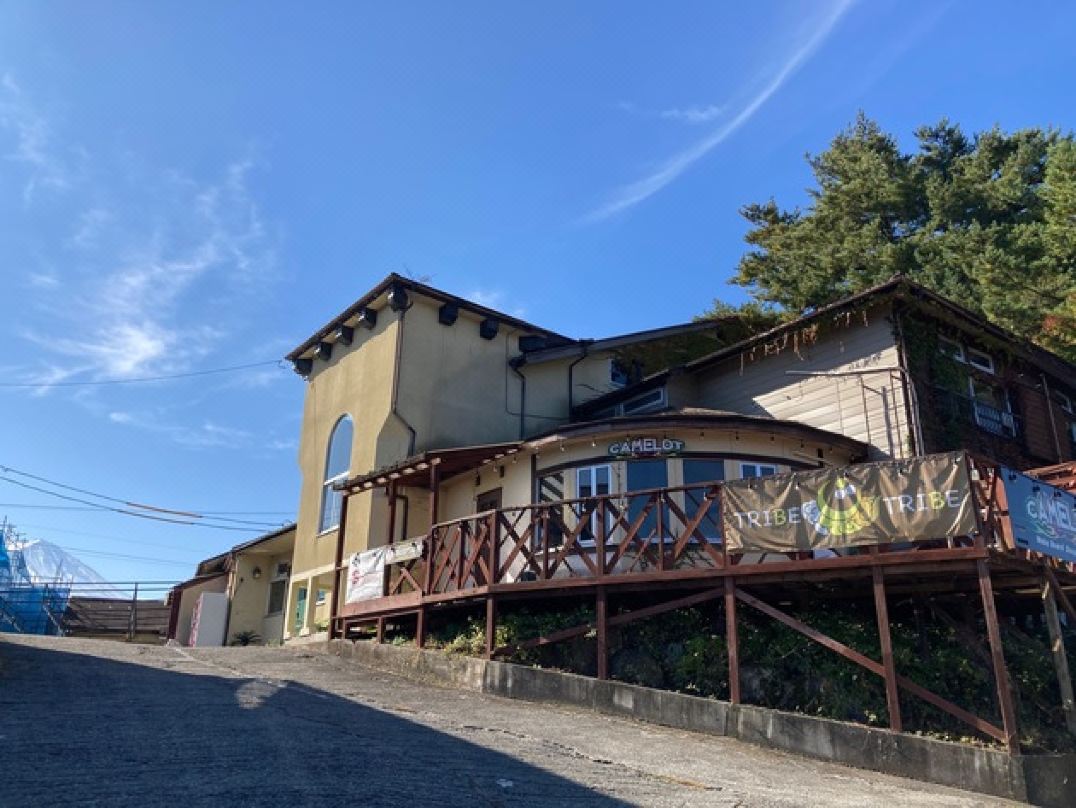


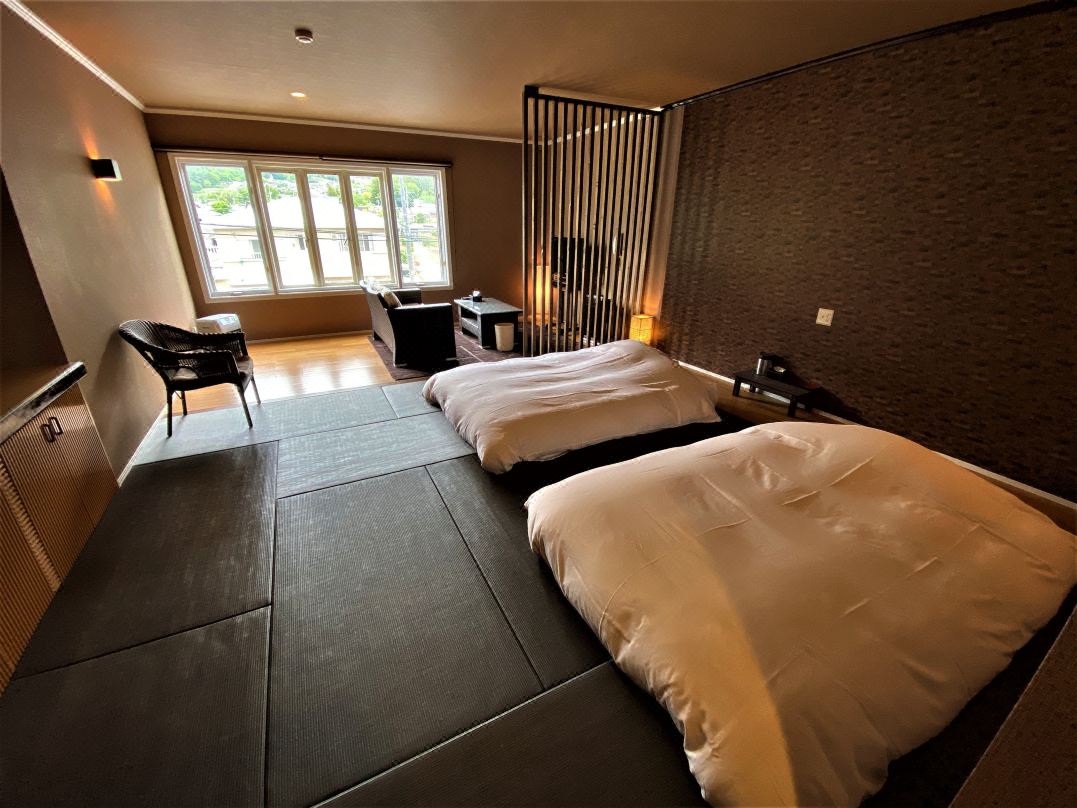








































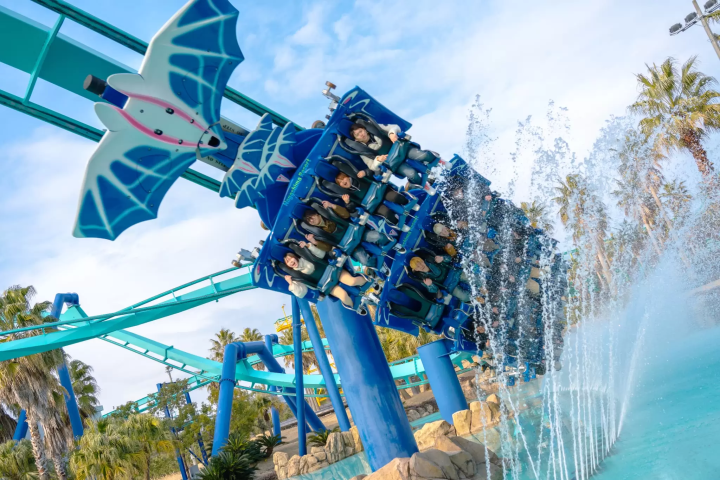


![[Coupon Available] Attention Overseas Winter Sports Fans! Nagano's Sports Depot Has Evolved](https://resources.matcha-jp.com/resize/720x2000/2026/01/05-254819.webp)
![[2 hours from Tokyo ] 10 Quiet and Breathtaking Views of Mount Fuji in Yamanashi Hokuto City , Yamanashi - Part 2](https://resources.matcha-jp.com/resize/720x2000/2025/12/16-253037.webp)